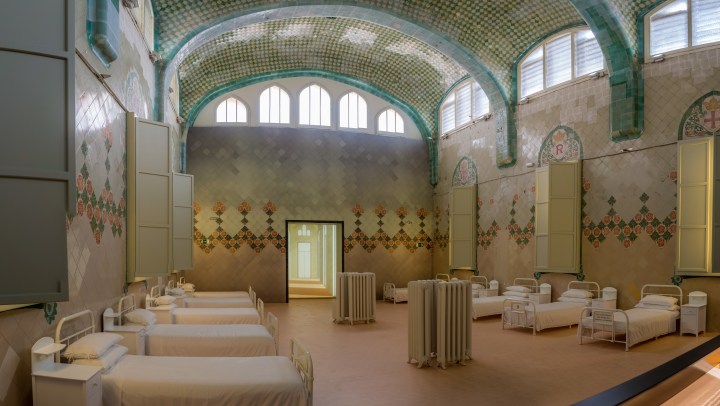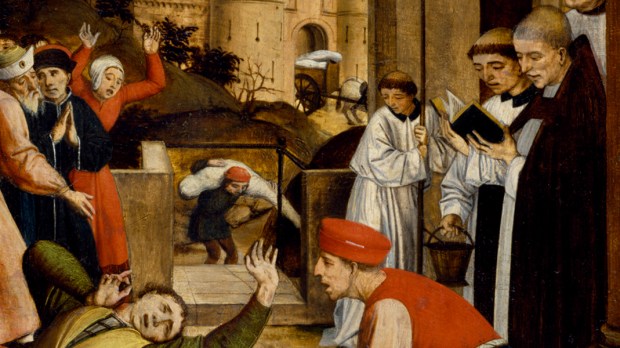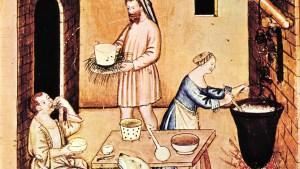Medieval hospitals offered healthcare, shelter, and food to travelers, pilgrims, and the poor alike. They were, in the full sense of the word, hospitable institutions established by the Church and supported by local and imperial authorities.
The “golden age” of medieval hospitals, Lucie Laumonier explains, came about during the so-called “charitable revolution” of the High Middle Ages, an important turning point “in the ways ordinary people thought about and acted toward their needy neighbors.”
When mendicant friars (mainly Franciscans and Dominicans, but also the Hospitallers) took on vows of poverty as a way to imitate Christ, those who were involuntarily poor were seen differently: They provided the most fortunate with an opportunity to get involved in charitable work, penitential acts of almsgiving, and to be (literally) hospitable.

During the late 12th and 13th centuries, new hospitals were often founded in these mendicant orders’ compounds. Partly because of this charitable revolution, laypeople also funded small hospitals in their own communities. Soon enough, local authorities followed suit, seeing that these institutions helped promote the common good – especially after the plague increased the mass of the poor and, consequently, the need for hospitals that could help undertake charitable work.
As Laumonier explains, “in England alone, more than 300 hospitals, hospices and leper houses were established between c. 1100 and 1250.”
Paris “counted 60 hospitals, for a population of over 100,000 people” by the end of the Middle Ages; and “the city of Lyon counted 20 hospitals around the year 1320.”
Managing a medieval hospital
The way in which hospitals were managed, Laumonier points out, depended on whether the hospital had been established by a monastic order, by the local bishop, by the city, or by laypeople.
Hospitals founded by a monastic order followed the order’s rule. If by the local episcopal authorities, then they would follow the rule of St. Augustine. When the hospital belonged to a city, officials would appoint administrators and determine the available budget. Hospitals founded by laypeople would try to get their funding from either church or civil authorities.
If monastic, the members of the order (monks, nuns, friars) were supposed to work in the hospital, assisted by lay brothers and sisters who were sheltered, fed, and clothed in exchange for their work. However, some orders would fully delegate hospital’s management (charitable works included) to laymen, even if they did not belong to the order.
If you want to know more, you can read Laucie Laumonier’s article here.



